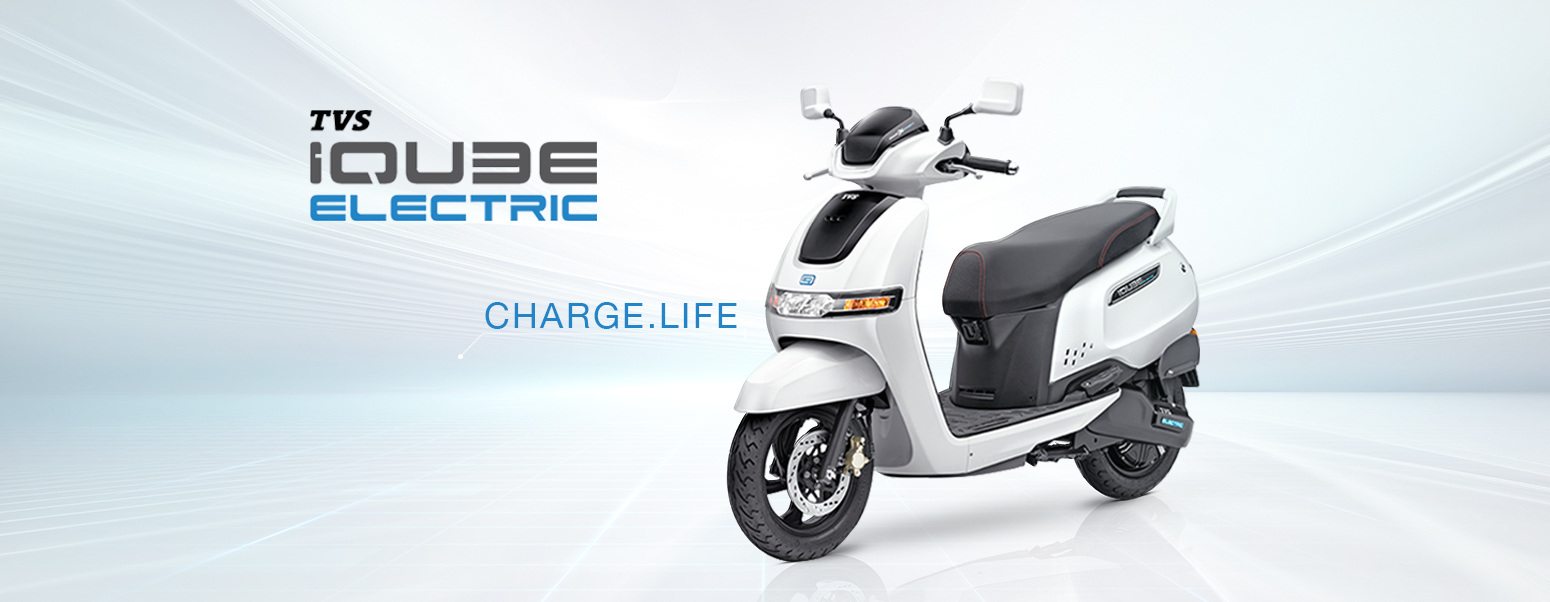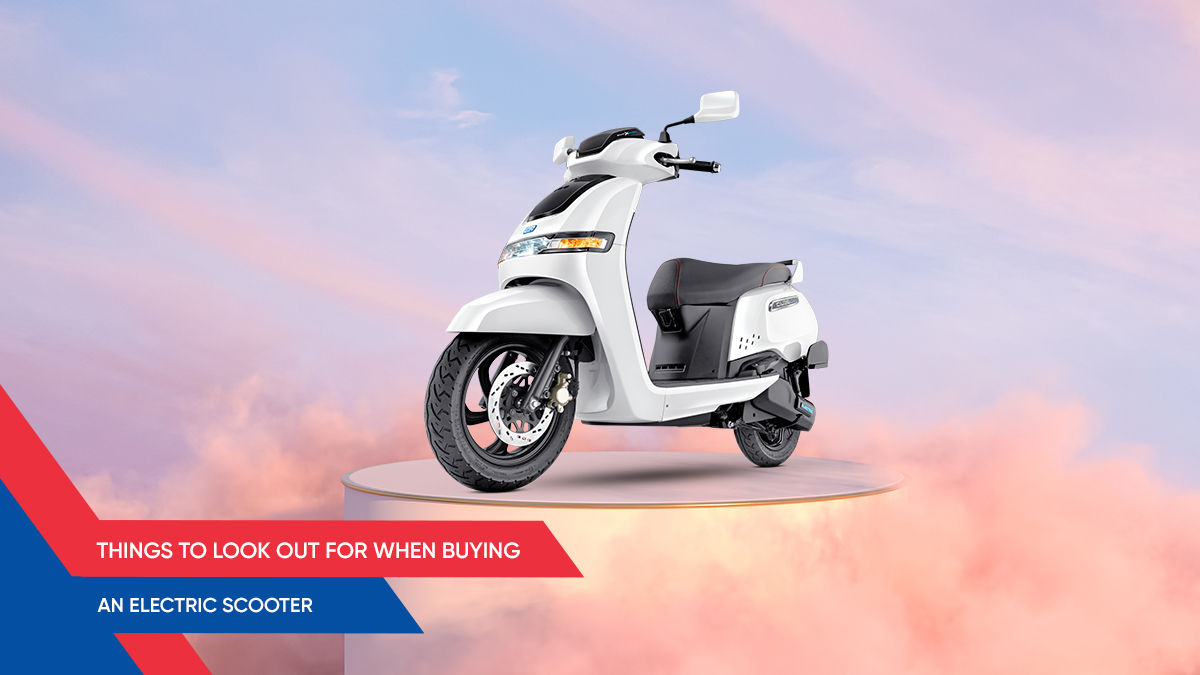Before getting into the do’s and don’ts to extend the battery life of your e-scooter, let’s dive into the types of batteries and how they have evolved over the years. It started when the first ever rechargeable battery was unveiled by a French physicist in 1859. Lead acid batteries have been the primary source of power in EVs ever since owing to their cheap availability and low cost.
Despite having technological restrictions such as limited usable capacity, limited charging cycle, charging issues and less eco-friendly nature, lead acid batteries have remained popular due to the abundance of raw material and economically affordable manufacturing.
Lithium-ion Battery
The first lithium-ion batteries were introduced in the 1970s and with years of R&D on that concept, the first commercial Lithium–ion battery was dispatched in 1990. They initially came in laptops and consumer electronics, tackling the long-standing downsides of lead-acid batteries.
Li-ion batteries offered high energy density and long cycle life and remained easier to recycle than Lead acid batteries. As, a result, they have now become the leading battery type for use in EVs.
Battery Lifespan
A typical estimated lifespan of a lithium-ion battery is 3-5 years or about 300-500 charging cycles. The
TVS iQube electric scooter uses Lithium-ion with NMC (Nickel Manganese Cobalt) cell chemistry. The lifespan of this battery is 800 charging cycles, which is 75,000km on the odometer. The company has an in-house manufacturing of battery packs and sources battery cells from LG energy solutions.
The majority of the OEMs co-relate the EV scooter battery lifespan with the charging pattern; it is considered more accurate than the mentioned expiration. As the charging cycle increases, the battery tends to lose its storage capacity due to physical and chemical degradation of electrodes and electrolytes. It also comes down to how efficiently the BMS (Battery Management System) is handling the charging and discharge.
Apart from the lifespan of the battery, the price of electric scooters is heavily influenced by the price of the battery, as it accounts for more than half of the input cost of any electric scooter.
Tips to Enhance the Battery Life of Your EV Scooter
EV scooter batteries inevitably degrade with usage and time. There are two main forms of battery degradation, namely power fade and capacity fade. Extending the lifespan of the battery decreases the long-term cost of battery replacement and reduces the environmental burden in both manufacturing and recycling.
Here are a few aspects to consider when you own an e-scooter:
• Avoid extreme temperatures – Both high and low as the elevated temperature can accelerate the degradation of almost every component of the battery cell and even lead to safety risks.
• Avoid draining the battery completely – Similar to your smartphone, you should not wait for your scooter battery to fully drain. Avoid riding your e-scooter when the battery level is below 10% except when it’s absolutely necessary.
• Ensure a good amount of charge even when the scooter is not in use – Li-ion batteries are prone to discharge when not in use. Hence, it's best to keep the battery charged at least or above 40% to ensure that it doesn’t lose all of its charge. Check the battery status regularly when in storage; it will help to keep the battery in a healthy state.
• Use a Proprietary OEM charger – One of the key benefits of OEM-provided chargers is that they offer long-term reliability and improved performance. Apart from OEM and public chargers, using third-party chargers hampers the battery’s health and may even lead to irreversible damage to the battery pack.
• Avoid Overcharging – The BMS (Battery Management System) cuts off power when the battery is at 100%. Overcharging or overheated battery is not ideal at all and may even lead to a fire.
Following these tips is the best way to increase the battery life of your electric scooter. Make sure to look after the scooter while it’s charging, avoid overcharging, and remember to plug it in whenever there’s a need. Last but not least, make it a habit to keep the battery charge more than 50%.
Read More:
Everything you need to know about Battery Management System (BMS)






